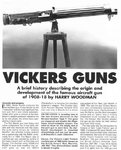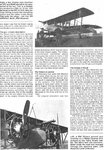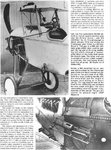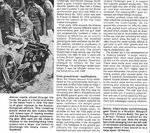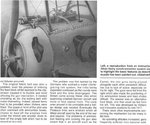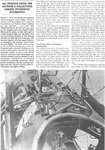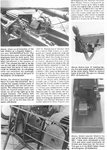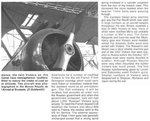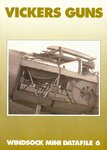Tony Williams
Airman 1st Class
This might be of interest:
The Development of RAF Guns and Ammunition from WW1 to the Present Day
A new article on my website, at RAFHS 08
The Development of RAF Guns and Ammunition from WW1 to the Present Day
A new article on my website, at RAFHS 08


